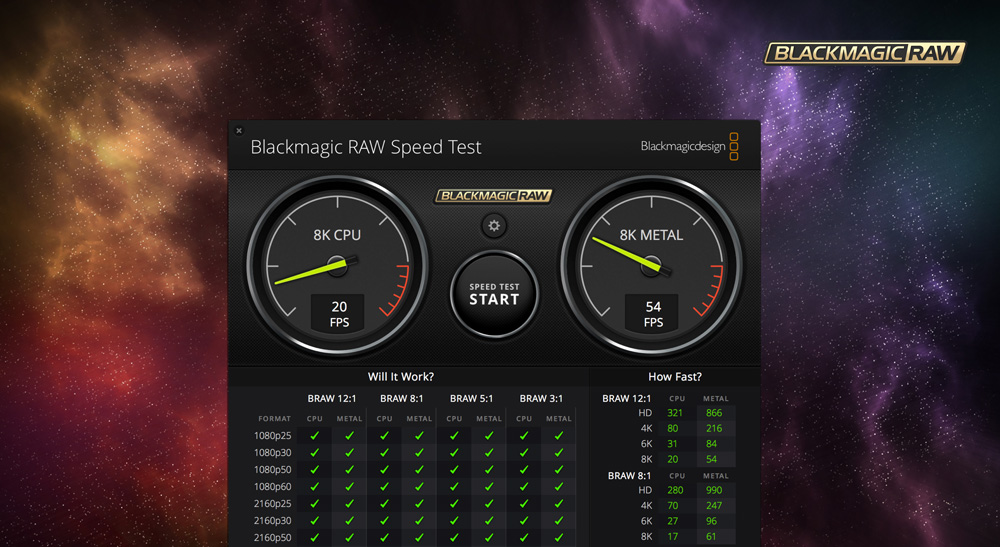

Wi-Fi performance can often be surprisingly poor and unreliable, particularly with a single Wi-Fi router. So, if you are going to upgrade one aspect of your home network, Wi-Fi probably deserves your attention. Wi-Fi is critically important for most users as it’s usually the last leg (and weakest link) in the broadband chain. While many will jump to blame their broadband connection for poor and sporadic speeds, the broadband connection is usually the innocent party. Wi-Fi is often the weakest link and make sure you turn off 2.4 GHz operation if you can However, for users with gigabit broadband connections who are prepared to invest in multiple Wi-Fi 6 Access Points, finally Wi-Fi can pass the full speed of your ultrafast broadband connection. For many broadband users – using a single Wi-Fi 5 router – the case for urgent upgrading to Wi-Fi 6 is not compelling. This level of performance demands the use of multiple Access Points and modern Wi-Fi 6-equipped devices. very close to Gigabit Ethernet (although Gigabit Ethernet still retains noticeable superiority in terms of latency).

We show how speeds for both Wi-Fi 5 and Wi-Fi 6 are substantially affected by signal level, the channel bandwidth adopted and the MIMO capabilities of devices. In the very best signal conditions and using the latest devices, we show that Wi-Fi 6 can significantly outperform Wi-Fi 5, with throughputs of about 920 Mbps, i.e. In this article, we show the realistic speeds that Wi-Fi 5 and Wi-Fi 6 achieve in the real world, with real-world devices that are available now.


 0 kommentar(er)
0 kommentar(er)
